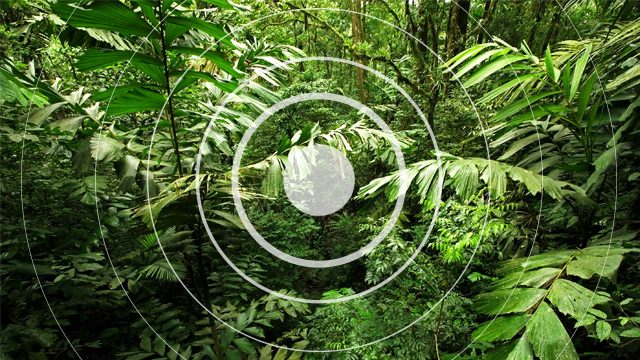SUMMARY
This is AI generated summarization, which may have errors. For context, always refer to the full article.

We humans have become so adept at describing the joys and sorrows of being alive that we mistake life in our terms, as being all of what life is. We imagine life as a grand staircase where we humans are on the topmost tier looking down on the rest of life forms, like an overly-dressed debutante, thinking that the ability to throw an existential party is the definitive mark of success.
We generally cast a downward look at other living organisms. We do this with animals, with whom we share an entire biological Kingdom with, and we feel even more justified in looking down at plants. We find plants inanimate, non-reactive, too simple, and therefore boring.
But look at what we know and have started to discover about plants so far and realize for yourself how poorly you perceive your human powers as the grandest of them all.
1. Plants are life’s first link to outer space, not astronauts. All of life on Earth can be traced to how plants are the ones who learned to capture light from the sun and turn it into food, for themselves and for others down the food chain, which includes animals like us. This also reminds me of when I interviewed a young man once and asked him to tell me what fascinates him the most. He replied, “photosynthesis.” And then he told me essentially how elegant this process is of turning light from outer space into food here on Earth! And what is more, very few people realize or appreciate that.
2. Plants’ trash – air – is a human essential. Humans need oxygen and plants breathe it out. In fact, in the cities where air pollution could be a very serious problem, plants can save your lives by enabling you to grow your own fresh air indoors with some of their very “ordinary” members.
3. Plants can communicate to their family. It is already known that plants communicate to others by releasing compounds in the air. When attacked by insects, for example, or when under stress, plants release compounds specific to that kind of stress. When received by the same species or relatives, those plants put up their own defense system against those threats. For example, a plant being threatened by aphids will give off signals through the air that have been seen to cause other plants to give off signals to attract insects that would eat aphids. The more alike the plants are, the more the signals are understood. It is like a language where if you belong to the same tribe, you are more versed in it. But even if you belong to another tribe, it is possible to get the drift of what is being said and you get to react even if not precisely.
4. Plants show “botanical social responsibility”. This is related to the third point above. When plants give off signals to warn their kind, other plants can listen in on the signals plants give off, even if they are not related to them. They may not get the entire message but experiments have shown that unrelated plants get the message and also mount a defense system.
5. Plants can make and hear sounds. This is probably next to the sound of silence but studies like this one have shown that some plants like corn are partial to 220 Hertz and that their roots also “hum” in. Chili and fennel make sounds that affect each other’s growth! Even munching noises by a caterpillar have been shown to make plants respond to match the threat.
6. Plants talk “above” as well as “below”. Plants can talk “air” but they can also whisper below ground using their buddies – fungi – that belong to another Kingdom of Life – but connect the roots of plants underground to form their own World Wide Web of plant network. They use this network to share nutrients and chemical signals. But some studies are showing that we can be messing up even their signals, and thus the health of the planet, by overwhelming them with pollution. This is like one kind of media drowning out all others and we are not in a better place for it.
7. Plants beat animals in size. The largest animal that has ever lived is not any of the dinosaurs but the blue whale. An adult blue whale can span 100 feet long and weigh up to 200 tons. The Giant sequoia tree, in comparison, can reach up to 300 feet.
Once upon a time, plants and animals had a common ancestor, until around 1.5 billion years ago, when they divorced and took separate paths and went on their their own multi-path journeys. As with animals, plants have had journeys that you cannot even imagine in your wildest dreams.
Plants do talk and maybe, if we can decode their language and listen in, we will find a way to get out of this mess of a planet that we humans got all of life into. – Rappler.com
Add a comment
How does this make you feel?
There are no comments yet. Add your comment to start the conversation.